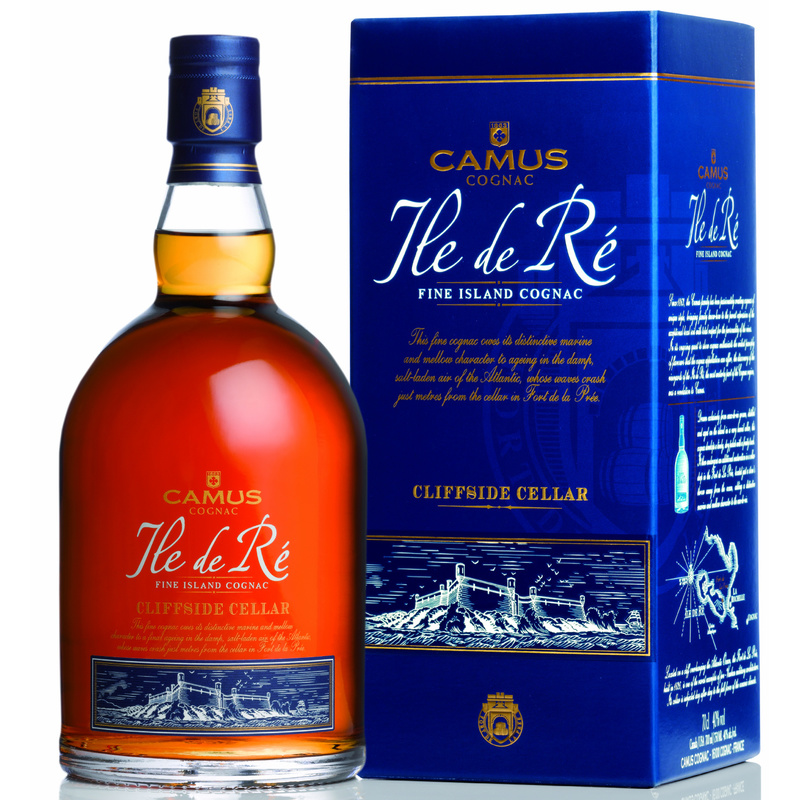Cognac Producing Areas
The Cognac region consists of six vineyard growth areas.
Let’s take a look at each area and terroir in more detail.
The ‘Champagnes’
The two best growth regions are named respectively, Grande Champagne and Petite Champagne. Historically the eaux-de-vie created in these regions is the most sought after and commands the highest prices. However, there has been a definite shift over recent years as consumers become more experimental with their tasting experience. For while it’s a truism that these growth regions do produce the highest quality eaux-de-vie in the traditional sense, the penchant for people to appreciate and actively seek out the unique characteristics of other terroirs is become far more widespread.
1. Grande Champagne
Covering 34,700 hectares, of which 13,250 are covered with vineyards, Grande Champagne is known as the ‘premier cru’ growth area. This simply means that the soils are such that they produce the highest quality grapes for the production of Cognac. It’s hilly region, with soil made up predominantly of limestone (chalk).
It’s time to understand a little more about chalk and soil. In the heart of the Grande Champagne region, the chalk within the soil is very pure. This type of chalky soil is one of the five discovered by Coquand, and is called Campanian. This chalk is mainly found at the highest elevations of this terroir. However, the story of chalk certainly doesn’t end there, because there are two further layers that reach surface level at various points of Grande Champagne. These are called Angoumous chalk, and Cognacian chalk, the latter of which is found around the town of Cognac itself.
The high chalk content of this region is the product of millions of year’s accumulation of small marine fossils. One of these fossils is totally unique to the area–an oyster from the Cretaceous period known as, Ostrea vesicularis.
The soils of Grande Champagne produce Cognac of extreme finesse. They are floral, light, and require a long aging period to hit maturity. Some Grande Champagne eau-de-vie can take a century or more of aging in oak barrels to reach their peak.
2. Petite Champagne
The soils in this region are still predominantly made of chalk, but the soil is more compact. It’s also covers a much larger overall area than it’s big brother, Grande Champagne; 65,600 hectares in total. However, only 15,250 hectares are comprused of vineyards. The terrain is such that water flows very slowly here, meaning it remains damp even during particularly dry summers.
Another of Coquand’s ‘super soils’ covers much of this region. He named it, Santonian, after the collective area of Saintonge. Grapes grown here produce eaux-de-vie that’s light and fine, with a predominantly floral bouquet. In common with those of Grande Champagne, they take a long time to mature.
3. Borderies
The smallest of all the terroirs, Borderies covers around 12,500 hectares, but only a mere 4,000 hectares of vines. It also contains the final of the five soils identified by Coquand; Groies. It’s a mixture of both chalk and clay. It’s also the oldest soil in the region, dating back to the Jurassic era. Over time the limestone content has decomposed, and the terroir produces rounded eaux-de-vie, with characteristics only found here; the aroma of violets, and nutty, toffee flavors.
The Borderies region is of particular interest to paleontologists, with over 2000 fossilized remains having been discovered here. Theses include teeth of dinosaurs, crocodiles, and pterosaurs that were protected by the clay content for over 135 million years!
4. Fins Bois
The largest of all the growth areas at 350,000 hectares, with 31,200 planted to vines. Fins Bois has a mixed soil of clay, stone, and limestone, but has far less chalk content than the previous three terroirs mentioned. In addition, the chalk is of a different type, being far less porous. It’s the same, in fact, as that found in the wine growing regions of Burgundy and Champagne. The Grapes grown here produce eaux-de-vie that is round, supple, and with aromas of freshly squeezed fruit.
However, within the terroir of Fins Bois there are pockets of chalk very similar to that of Grande Champagne. And here some remarkable eaux-de-vie is produced, making the addition of such a Fins Bois to a blend extremely desirable. Not to mention, of course, how good such a single vineyard offering might be.
5. Bons Bois
The terroir of Bons Bois covers 370,000 hectares and 9,300 hectares of vines. The soil here is a mixture of clay, limestone, and sand. Eaux-de-vie from this region is round, and ages much quicker than that of many of the other areas. Once again the regions has a few areas of high quality chalk, and these can produce some exceptional Cognacs.
6. Bois Ordinaires
Covering 260,000 hectares and 1066 hectares of vines, the soils here are very sandy, with little chalk. It includes the regions of Ile de Re and Ile d’Oleron. Eaux-de-vie from this region ages fast, and has a very characteristic ‘maritime’ taste. While many would consider these Cognacs to be of a lower quality than from more prime terroirs, the proximity to the ocean leads to a distinct flavor. This has led to some wonderful Cognacs being brought to market.

Expand your horizons
So there you have it; a round up of the six different terroirs of the Cognac region. As you can see, each has its own unique qualities, leading to totally different flavors, aromas, and complexity. While it remains true that Grande Champagne and Petite Champagne Cognacs will always remain the most sought after, if you’re prepared to open yourself to the differences on offer, you can really expand your knowledge and pleasure when choosing what to try.
A great way to begin your journey into the differences between the terroirs is by taking advantage of a tasting set.







